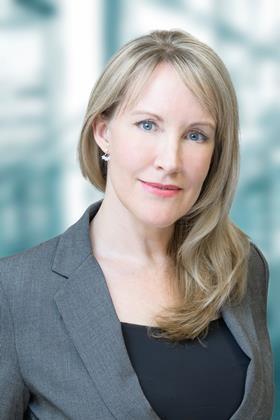How do you foster threat awareness and guard against complacency among your travelling workforce? We get the lowdown from Tess Baker, director at crisis prevention and response consultancy NYA – AIG’s service partner in crisis management

What are some of the basics of prevention and mitigation when it comes to protecting your people from major risks when they are travelling and working abroad?
The first thing companies need to do is properly understand the different kinds of risks their people are exposed to. This varies by operating environment and might include natural hazards such as fires, earthquakes and tsunamis, or man-made events like terrorism, kidnap, political uprising, etc
Organisations should carry out a threat assessment for the environments they are operating in to help them determine how likely such threats are. This is usually based both on quantitative analysis (using data on past events) and also qualitative analysis, which considers trends and prediction of future occurrences.
Then you can assess how vulnerable your staff are by reviewing the security measures and protocols that are in place, considering the premises they’re working in, the accommodation they’re living in, how they’re travelling around and also any leisure activities.
This helps identify gaps and weaknesses in the organisation’s protection, policies and protocols. What’s also key is staff adherence to such protocols. You can have all the right things on paper, but if there is poor enforcement or compliance, then people will be still be vulnerable and the organisation exposed.
How should organisations seek to build personal security awareness among their staff?

There is a lot of free information available that relates both to security and medical threats, such as the advice given out by the UK Foreign & Commonwealth Office. And there are a multitude of subscription services available from organisations like ourselves, which provide very in-depth analytical reports for particular locations or types of threat, depending on what is needed. Another good source of information is from people with direct, recent experience of a particular operating environment.
Organisations then have to find the most effective way of disseminating this to employees. That can vary from automated emails that are sent out when an employee books their travel, through to tailored one-on-one briefings and training sessions.
When it comes to high-risk environments, it is important to engage employees and ensure that information is understood. Individuals who travel a lot and have lived and worked in high-threat environments can become complacent.
We work with many organisations where the employeeshave many years’ experience working in remote and high-threat environments. They have a very high risk tolerance and don’t necessarily like being told what to do by their company. There has to be a culture of security and it has to be endorsed and pushed down from the highest level. If the CEO isn’t seen to be adhering to sound personal security advice and protocols, why should the rest of the employees?
And then it’s about having an appropriate incident and crisis management framework in place. If there is a medical or security emergency, who do employees call? Companies need to make sure a response mechanism is in place to support employees; to get them the best medical care and/or the right advice as quickly as possible. That’s a really critical part of this.
Are some individuals more vulnerable than others? How should training be personalised?
When it comes to travel risk management and people protection you can break down your workforce into different groupings based on number of factors. There are locations where you may be at greater risk based on gender and nationality. Some staff may be more of a target because they carry high-value intellectual property. There are also differences in risk level based on a person’s age and experience. So, it’s about understanding the variables and scaling the advice and the mitigation measures accordingly to fit the individual.

